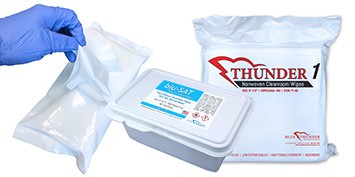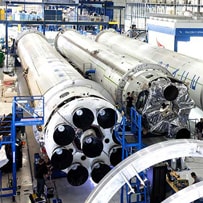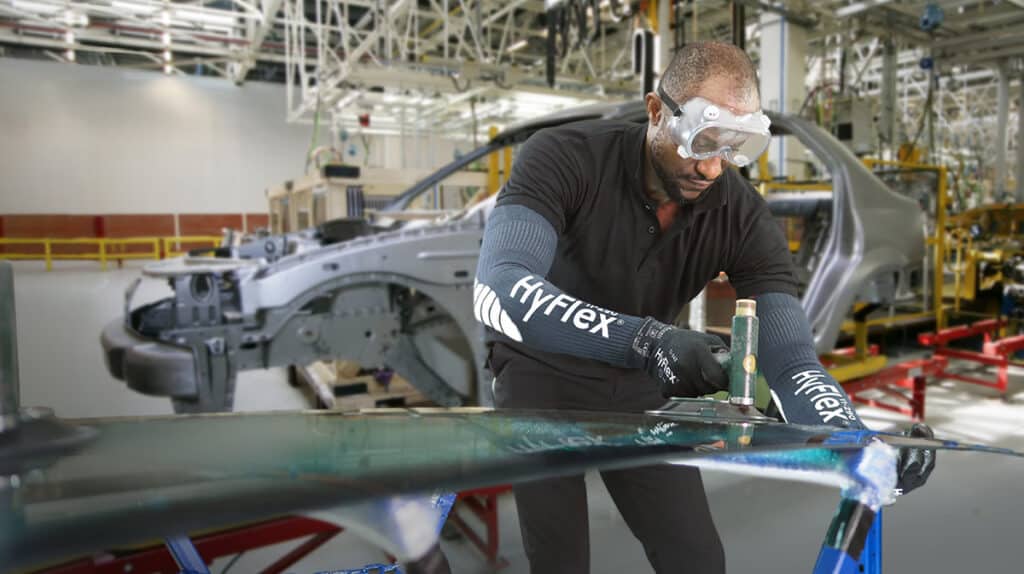The statistics paint a sobering picture: the United States witnessed approximately 2.9 million nonfatal workplace mishaps, ranging from minor cuts to severe burns and allergic reactions, in the private sector alone during 2015.1 Across the Atlantic, the European Union reported nearly 3.2 million such incidents the previous year. These accidents take a significant toll, not only on the afflicted individuals but also on the operational backbone of any business.2
The fallout from on-the-job injuries is multifaceted, encompassing the immediate financial burden of medical treatment, ongoing rehabilitation, and compensation claims. However, the ripple effects extend further, manifesting as operational downtime, the need for substitute labor, extensive investigative processes, and an inevitable dip in collective staff morale—all culminating in a tangible hit on a company’s fiscal health.
The corporate world is currently navigating a sea of changes influenced by several global and localized dynamics:
- Escalating benchmarks for health and safety, coupled with more stringent regulatory landscapes.
- A growing emphasis on sustainability and reduction of waste.
- Consolidation and standardization of vendors and suppliers.
- The push for global uniformity in both supplies and operational protocols.
These evolving paradigms demand swift adaptation, compelling businesses to overhaul their approach to Personal Protective Equipment (PPE) expenditure without compromising on the sanctity of workplace safety.
Safety and Regulatory Adherence
An assessment of a facility’s personal protective equipment is critical for:
- Improving safety, reducing injury.
- Delivering expert guidance on managing occupational risks effectively.
- Navigating the complex waters of regulatory compliance.
Productivity Enhancement
Additionally, a facility assessment not only helps protect employees against injury but also can enhance work efficiency and overall productivity through:
- Considerable reduction in waste generation.
- Streamlining PPE accessibility and inventory management.
- Providing eco-conscious strategies for PPE reuse, recycling, and disposal.
Cost-Effectiveness
Finally, an on-site assessment can aid in mitigating injury-related expenses, thereby refining cost performance by:
- Diminishing the financial aftermath of workplace injuries.
- Lowering total PPE expenditure.
- Implementing SKU Reduction and Standardization for economic and operational gain.
Adapting these refined strategies to a broader context can help ensure organizations not only meet mandatory safety protocols but exceed them while fostering a culture of efficiency and cost-effectiveness. Through comprehensive risk management and strategic PPE application, companies can achieve exceptional safety standards conducive to both worker protection and enhanced fiscal performance.
How It’s Accomplished
Various tools and observation methods are used to perform a facility assessment. In addition to evaluating cost performance, injury prevention opportunities, and productivity improvements, the customer objective is at the forefront of the assessment.
Here is an example of a facility assessment process:
- Data Collection
- In-Plant Assessment
- Validation Testing
- Implementation
- Training
- Expansion
Please contact us to learn more about Ansell Guardian®, a patented, proven, and proprietary service to help our customers choose the right solution to increase their Safety, Productivity, and Cost Performance.
1 Source: Bureau of Labor Statistics United States.
2 Source: Eurostat Statistics.












